Ever since Charles Darwin found spiders inexplicably appearing onboard HMS Beagle in 1832, scientists wondered about mechanisms allowing spiders to travel in the air. Charles Darwin was surprised to find thousands of small red spiders aboard his ship which was 60 miles offshore. “In the evening all the ropes were coated & fringed with Gossamer web,” wrote Darwin in his diary. The tiny arachnids were wingless, as all spiders are. They found their way to the ship far from Argentinian coast nonetheless.
Can spiders fly? Yes, they can.
Since the 17th century, scientists observed variety of silk-producing animals to travel in the air using the silk. The phenomenon is called “ballooning” (some sources refer to it as “kiting”). It has evolved in spiders, spider mites (miniature arthropods feeding on plants, many of them are considered pests), and larvae of moths. Silk production has evolved independently 18 times: 3 times in Arachnida (class of animals that includes spiders, scorpions, mites and others), and 15 times in Insecta (class of animals that includes all insects). But only the three groups mentioned earlier learned to use ballooning to travel.
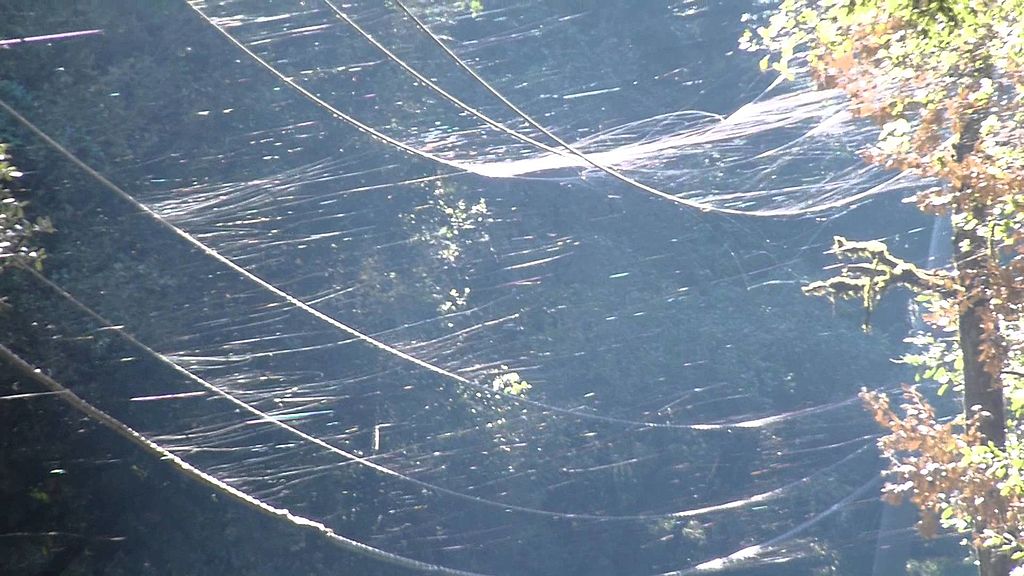
One of the most extensive researches ever made in the field of animals found in the air was funded by U.S. Department of Agriculture. Ever since the New York Entomological Society had a heated discussion in 1924 about insect migration, the researchers brainstormed the ideas for researching the topic. In 1926 they came up with an idea for an insect trap mounted on airplane, and on August 10, 1926 successful first flight in Tallulah, Louisiana in which entomologist Dr. Ephraim Porter Felt took part.
Spider catching aircraft research
What followed, was 5 years of painstaking work consisting of 1,538 hours of flying with insect catching screens. It took a total of 1358 flights in Louisiana and Mexico. Most of the flights were performed between altitudes of 200 and 5000 feet, but some flights reached as high as 15,000 feet. Most of the flights took place in daylight, but some were performed in the night as well.
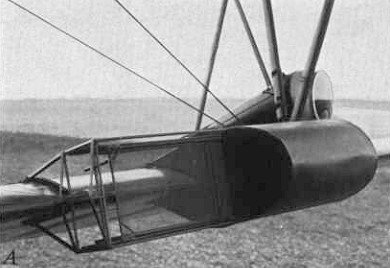
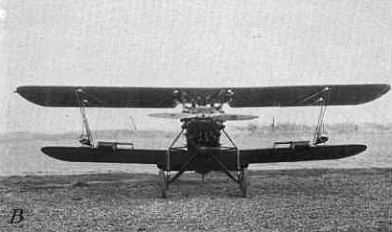
During this time, a total 28,739 specimens were caught. Most of the specimens, were obviously winged species. Hundreds of flies, bees, shield bugs, butterflies, moths and wasps were caught. But the scientists also identified 1,401 spiders. A surprisingly high number. As it turns one in every 17 creatures floating (or flying) in the air is a spider.
The findings of this study were published in 151 page long bulletin: The distribution of insects, spiders and mites in the air by P.A. Glick in May 1939. What’s interesting, not only tiny species of spiders were discovered in the air. Among identified species there were representatives of bigger spiders as well: Dolomedes fishing spiders (most popular American species can reach over 2 inches in size), Araneus diadematus cross spiders (females reach over 2 inches in size), and others. This is somewhat unsettling, but stay calm. Most of spiders caught in the air were juvenile, and very small.
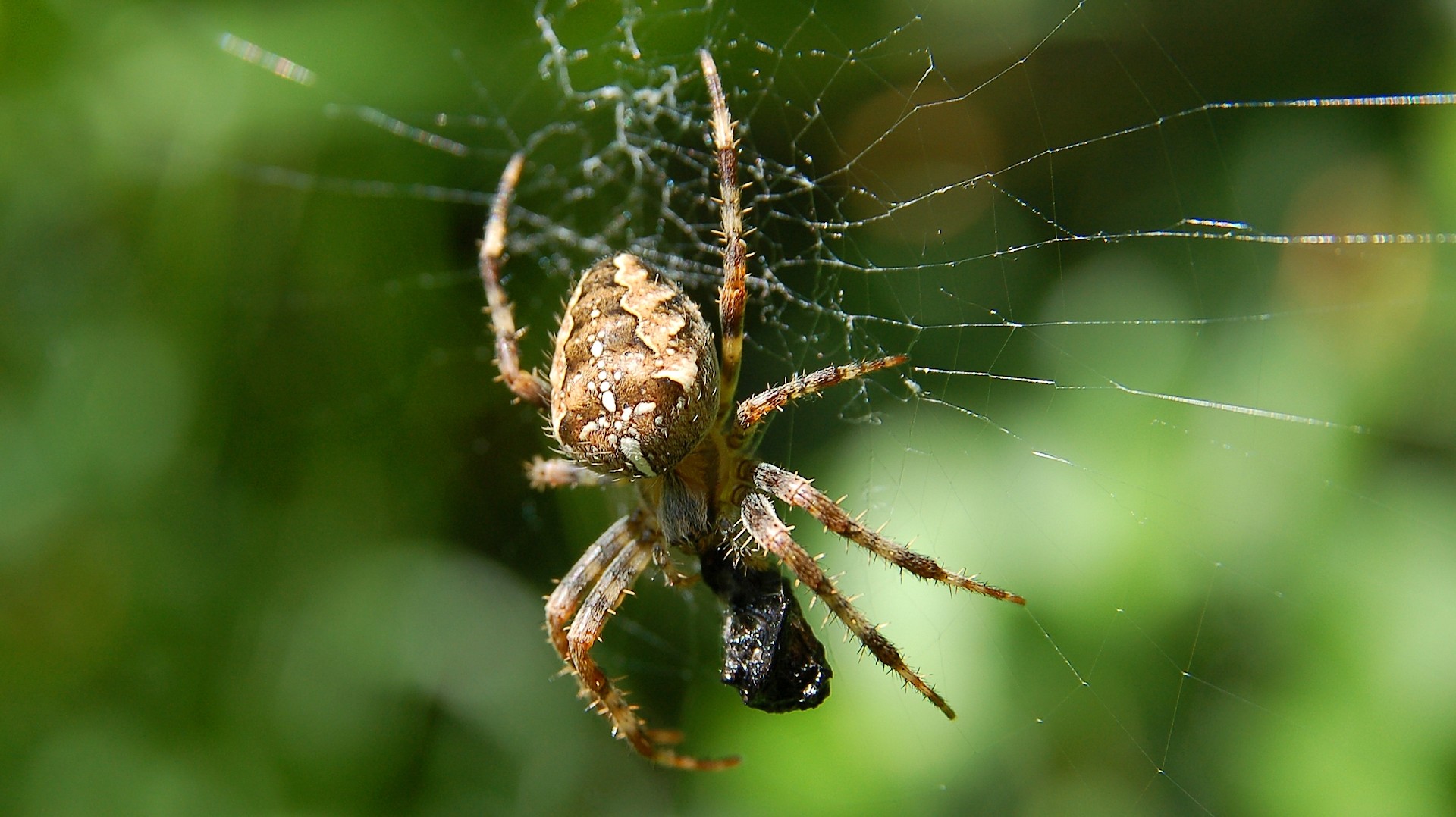
The ballooning mechanism: miracle of spider flight
At least until 2005 it was believed that either a convective air current or a vertical wind speed gradient was utilized by spiders, spider mites and moth larvae to soar in the air with help of their silk. But Erica Morley and Daniel Robert, scientists from the University of Bristol (UK) performed an experiment in 2018 that confirmed, that electrostatic repulsion was the force used by spiders.
The air carries voltage of some 100 volts per every meter above ground. Spiders detect electric fields with trichobothria, tiny sensory hairs on their legs and feet (they are not the same as the bigger, creepy looking hairs). When they detect the electric field, they change their behavior (for example by climbing a vertical twig), and release a strand of silk, to start ballooning. This was proven by placing spiders on a vertical strip of cardboard in the center of a polycarbonate box. The box was isolated from external electric fields by being placed in a large Faraday cage room. Then an electric field similar to natural conditions was created. Only in the presence of the electric field spiders attempted to, and successfully soared in the air. The experiment also proves that electrostatic forces are enough to lift the spider in the air, no wind is necessary.
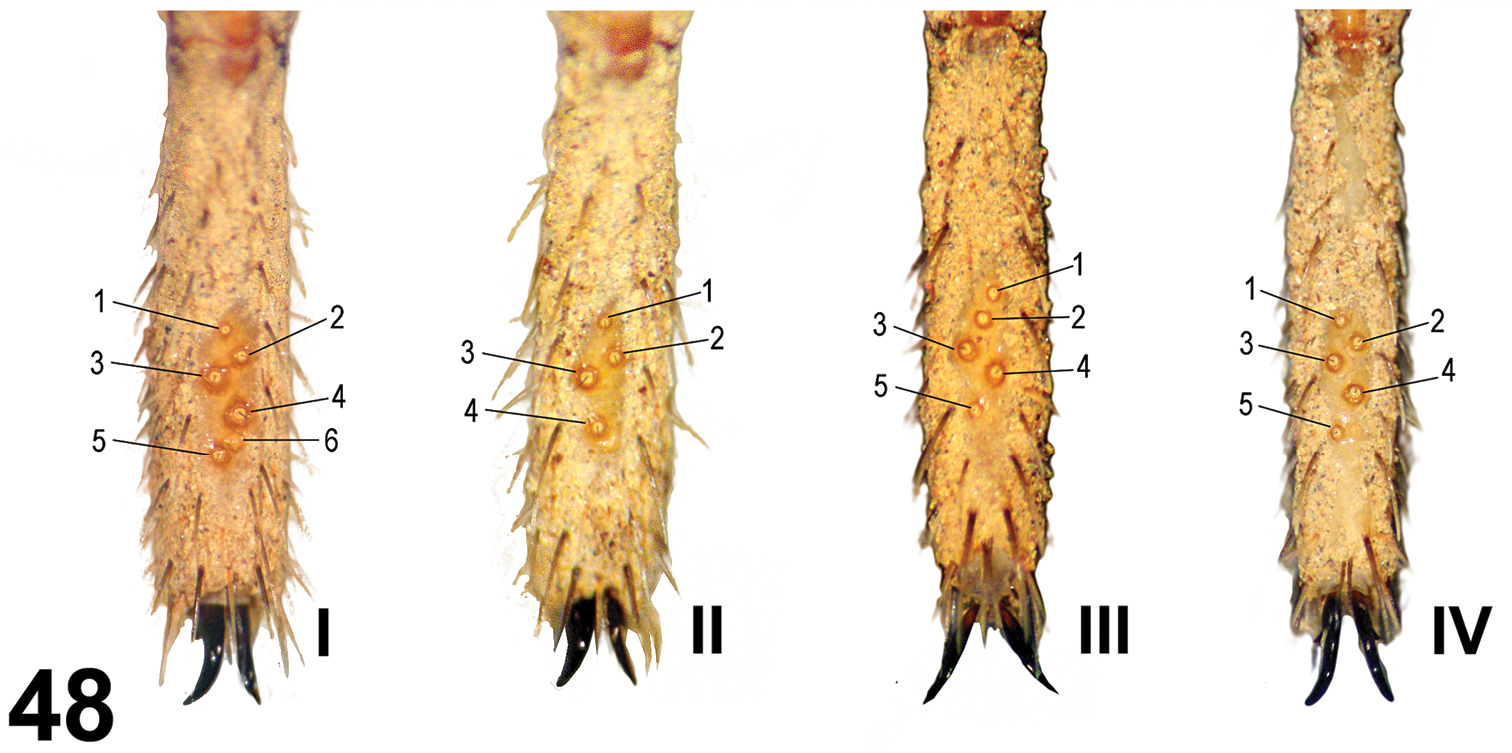
Spiders are found over 1,000 miles out in the sea, almost 3 miles above ground, and have colonized islands as far as 400 miles from their primary habitat. Now, thanks to British scientists we know exactly how.
Fact sources:
- Electric Fields Elicit Ballooning in Spiders by Erica L. Morley, Daniel Robert (Published in Current Biology)
- Beagle Diary by Charles Darwin
- Ballooning dispersal using silk: world fauna, phylogenies, genetics and models by J.R. Bell, D.A. Bohan, E.M. Shaw and G.S. Weyman
- The Role of Behavior in the Evolution of Spiders, Silks, and Webs by Fritz Vollrath and Paul Selden (Published in The Annual Review of Ecology, Evolution, and Systematics)
- The distribution of insects, spiders and mites in the air by P.A. Glick

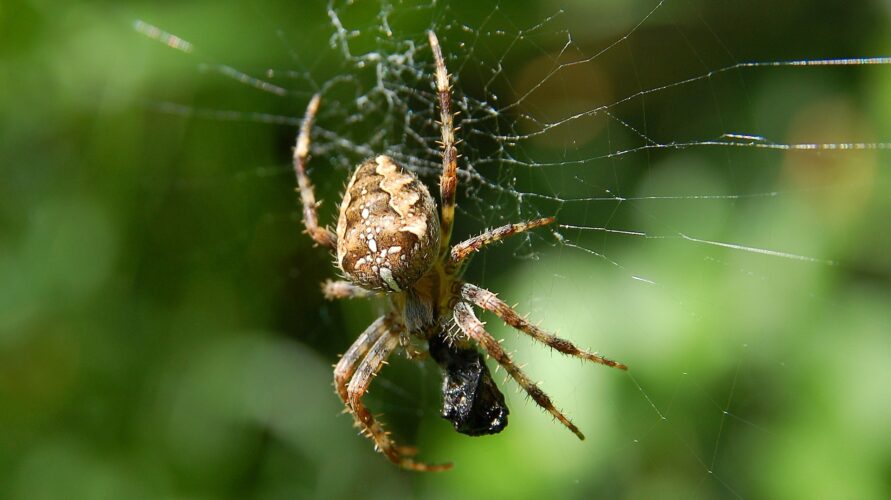

Permalink
Therefore Spider-Man should be able to fly. How about that, Iron Man?
Permalink
i was good not knowing that spiders float around in the air
Permalink
I love the dedication in the historical experiment!
Permalink
Spiders kill mosquitos. They are good guys.